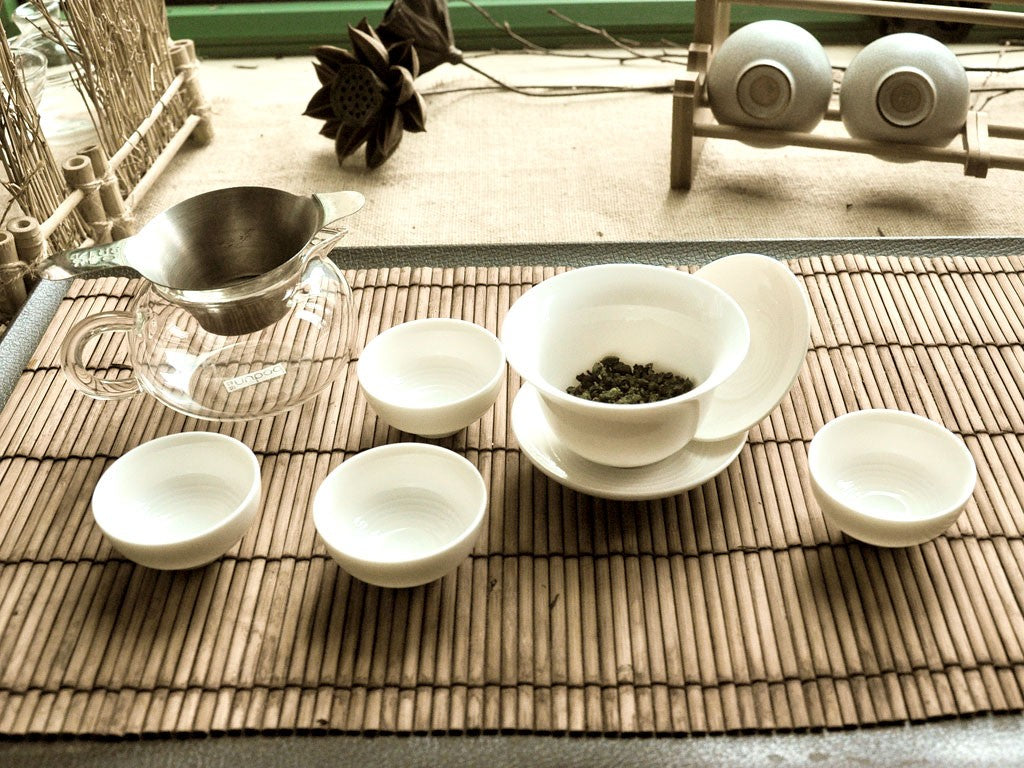
Steeping Oolong-an Easy Way Steeping TieGuanYin Oolong Kung Fu Style
This tea is probably the most well-known among all the varieties of Chinese Oolong teas available.

Tie Guan Yin is the most celebrated tea plant in Anxi City, which is situated in Fujian Province. "Tie" translates to "iron" in English, and it refers to the dense, tightly twisted nature of these tea leaves or their dark, oxidized color.

In Chinese culture, it is customary to use the term "iron" to describe something heavy or substantial. "Guan Yin" is the name of the Buddhist bodhisattva of compassion, who is also famously known as the "Iron Goddess of Mercy."

The tea is as majestic and remarkable as its name suggests, living up to the grand imagery associated with the Goddess.

There are numerous legends that explain how this tea got its name, but one of the most popular stories involves a kind-hearted yet impoverished farmer named Wei Yin. Despite his own financial difficulties, Wei Yin dedicated his spare time to looking after an abandoned temple of Guan Yin, the Goddess of Mercy, that he had discovered near his home.

One day, while resting inside the temple, he fell into a deep sleep and had a vivid dream. In the dream, the Goddess appeared to him and advised him to search for a cave located behind the temple. Upon waking, he followed her instructions and ventured behind the temple, where he discovered a single tea shoot growing out of the ground. He carefully took the shoot home and planted it in an iron pot, nurturing it with great care. Over time, the shoot grew into a thriving tea bush, producing leaves of extraordinary quality.

Wei Yin generously shared cuttings of this remarkable tea plant with his neighbors and friends, encouraging them to cultivate it as well. Soon, the entire county began to flourish due to the increasing popularity of this exquisite tea.

Today, Tie Guan Yin has become so popular that it is featured on the menu of most Chinese restaurants across the globe, admired and enjoyed by tea lovers everywhere.
